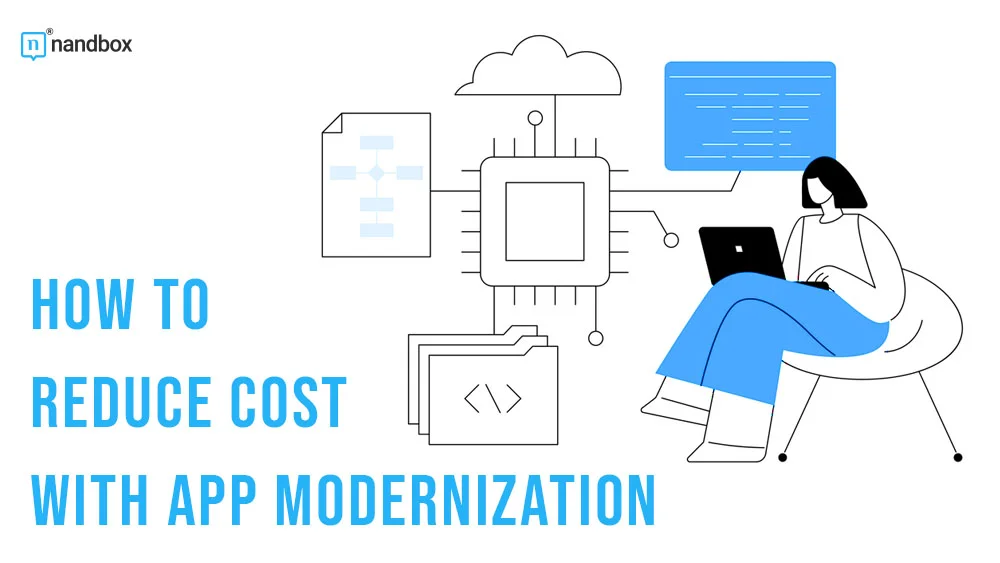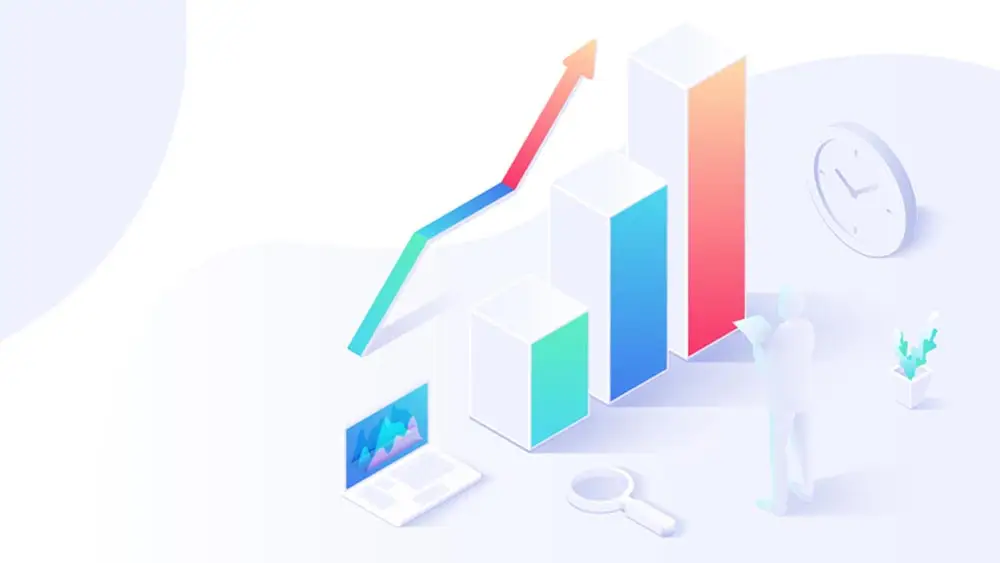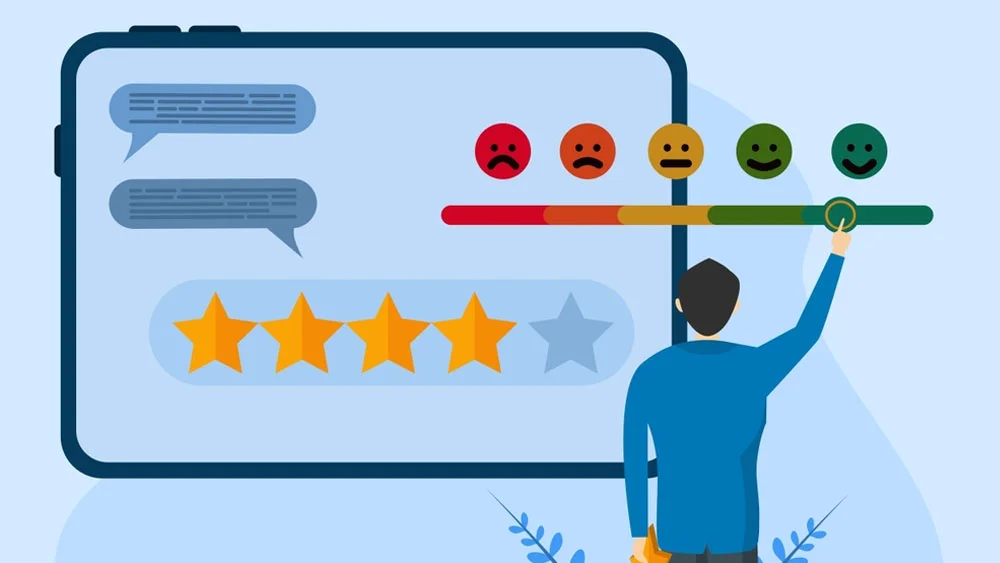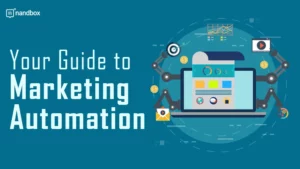A Complete Guide To Application Modernization
Well, it turns out the earth is not the only thing that is moving and shifting every day; everything around us does too. In such a fast-paced world, it is sometimes impossible to catch up. This includes all aspects of our lives; the way we communicate and even exist is changing. Something we considered incredibly advanced just a day or two ago is now considered basic and below average. With such transformations caused by great technological advancement, we have no option but to adapt. The industry we are going to focus on in this article is the mobile app industry. One of the strategies that developers are following at the moment is application modernization. Throughout this article, you are going to learn everything about application modernization. We will also tell you how to reduce costs with app modernization.
What Is App Modernization?
The mobile app market is one of the most innovative and fast-moving industries, with surprising breakthroughs occurring almost daily. As a result, it is crucial for developers to be prepared to adopt and upgrade to any new technology at any time. App modernization is an extremely vital aspect for many developers. The term “app modernization,” or AppMod, refers to the process of bringing back outdated software and applications so that they can operate and function on more up-to-date systems. These outdated applications are usually called “legacy applications.” Legacy applications mean any application of the software that was made for an older operating system. Each time a new operating system is released, the applications that were built for the previous OS become “legacy applications.” For example, any application or software made for Windows 8 but currently running on Windows 10 is a legacy application.
Although these types of apps have the capability of running just fine, they still lack the new and advanced advantages of the new OS. Now, rather than building new versions of applications and software from scratch and going through the development process each time a new system is released. Developers utilize multiple strategies of app modernization to revive these applications and make them work for the new operating systems.
App Modernization Strategies
1.) Re-host
Our first app modernization strategy is rehosting. Rehost strategy, also called lift and shift, is the process of leaving the application as it is without any modifications, just relocating it to the new cloud or system. Many tools provide rehosting services for applications and software, such as Amazon E2C.
2.) Re-place
The second modernization strategy is the “replace” strategy. Whenever a legacy app is becoming more useless than useful, then the “replace” strategy is the one to go for. Replacing, unlike re-hosting, requires replacing the core architecture of the application or software with an already-made one. This would include adding new technologies and looking for new solutions to replace the outdated construction of an app.
6.) Re-factor
Coming up is the refactor strategy. Application or software refactoring means using the same external functions of an application but modifying some internal codes for the app to function on higher operating systems. Such a strategy helps developers improve the speed and performance of an application or software
3.) Re-platform
Re-platforming is a strategy that sits between rehosting and refactoring. Re-platforming an application or piece of software means making some changes to some simple codes so that the application or software can keep up with new technologies and operating systems. It lies within the no modification at all of rehosting and minimal modifications of refactoring
4.) Re-architecture
The re-architecture is a more complex strategy for app modernization. This strategy includes putting together a whole new core architecture of software or an application. This includes the user interface, databases, etc. Developers who are aiming not just to adapt to new operating systems but also to gain better scalability usually use such a strategy.
5.) Re-build
Rebuilding is the ultimate strategy for app modernization. It is not based only on modifying the core architecture, like the “re-architecture” strategy. Rebuilding or rewriting means starting the development process of an application or piece of software from scratch. It includes writing new codes, choosing and integrating new features, and so on. It is a developer’s ideal option if he is dealing with very outdated software or one with very limited functionality.
How Would App Modernization Benefit Your Business?
Enhanced Security
App modernization is vital for staying ahead of cyberattacks and keeping applications and software safe from malicious activity. By modernizing your apps, you can ensure that the latest security protocols are in place to protect users’ sensitive data and make sure your applications are up-to-date with the industry’s best security practices.
Increased Reliability and Performance
Modernizing your apps can drastically improve their reliability and performance. Moving to an updated operating system with new technology allows you to run newer versions, which bring with them an improved user experience and faster and smoother performance. Additionally, the app is more reliable when deployed on a modern platform since the infrastructure is designed to handle much more complex errors. This reduces the chances of sudden failures and boosts customer satisfaction.
Increased Scalability and Flexibility
With app modernization, developers can easily adjust their applications and software to the ever-changing and evolving needs of customers. Apps no longer have to stay static; they can change, improve, and update quickly, using the latest technologies. Plus, by leveraging capabilities, developers can increase the scalability and flexibility of their applications according to new and changing user demands. This gives the application or software a competitive advantage of being always up to all the latest technologies and updates and standing out among all competitors
Improved User Experience
App modernization helps greatly in enhancing the user experience of the application. When deployed on modern and new systems, app users will experience all the new capabilities, improved performance, and a more stable user interface. Additionally, modernizing your apps can also provide new and emerging features and better integrations with other services and third-party applications. These features make the app much easier to use, boosting user satisfaction and improving engagement.








